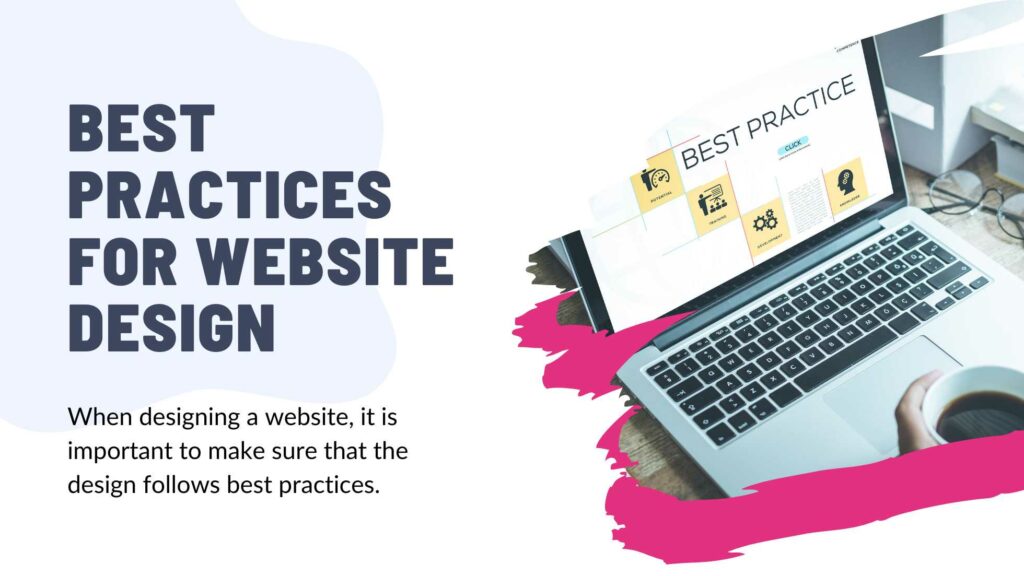In order to provide a great user experience, it is important to consider all aspects of web design. This includes considering colours, fonts, layout, navigation, content structure and usability testing. All of these elements should be carefully planned out before launching a website in order to ensure that visitors have an enjoyable and positive experience on the site.
Understanding User Experience
User experience is a crucial aspect of any product’s success in today’s tech-savvy world. It refers to the overall experience of users while interacting with a product, be it an app, a website or any other digital platform. To truly understand user experience, we have to delve deeper into the user’s journey and their interactions with the product. This involves analyzing factors such as ease of navigation, accessibility, design, and functionality. By taking a user-centric approach, we can create products that cater to their needs and preferences, ultimately resulting in a positive user experience. As the world becomes increasingly digital, understanding user experience is something that can make or break a product’s success.
Design Principles
Design principles are the foundation of successful designs, and they apply to everything from fashion to graphic design to output language code. When it comes to output language code, the principles of simplicity, clarity, and consistency reign supreme. Simplicity ensures that the code is easy to read and understand, while clarity guarantees that the code is unambiguous and straightforward. Consistency creates a uniform structure that makes it easier to navigate and modify the code as needed. By applying these design principles to output language code, developers can create code that is not only functional but also aesthetically pleasing in its organization and structure.
Content Guidelines
In today’s global society, the internet has created a vast network of communication that crosses borders and languages. However, with so much content being shared across different platforms, it’s important that everyone follows the same guidelines when it comes to producing content. One such guideline is using the appropriate output language code, which refers to the language that the written or spoken content is intended for. By using the correct code, content creators can ensure that their message is being received correctly by their intended audience. Whether it’s a website or a video, understanding the importance of utilizing the proper output language code can make a significant impact on the effectiveness and reach of your content.
Mobile Optimization
Mobile optimization is a crucial aspect of web design in today’s digital world. With the majority of internet users accessing websites through their mobile devices, it’s important to ensure that the browsing experience is seamless and enjoyable. The great news is that optimizing a website for mobile devices has become easier than ever before. From responsive design to mobile-specific content, there are a variety of tools and techniques that can be employed to create a superior browsing experience for the mobile user. With the right approach, it’s possible to take advantage of the vast opportunities presented by the mobile market and reach a wider audience in a way that is convenient and accessible for everyone.
Accessibility Considerations
When designing a website or product, it’s crucial to consider accessibility considerations. One important aspect of this is ensuring that the output language code is set to EN-US, which stands for English – United States. This small detail can make a big difference in the user experience for individuals with disabilities or who may be using assistive technology. By setting the output language code correctly, screen readers and other assistive tools can properly recognize and interpret the text on the website or within the product. This ensures that all users, regardless of ability or background, can effectively access and navigate the content in a way that makes sense to them. Considering accessibility isn’t just about checking boxes, it’s about designing with empathy and inclusivity in mind.
Testing and Evaluation
Testing and evaluation are crucial steps in the software development process, ensuring that the final product is stable, functional, and meets the user’s needs. One key aspect of testing is evaluating the language code used to create the software. The code must be efficient, clear, and easy to understand for other developers who might need to work on the project in the future. Evaluating code also involves reviewing the effectiveness of the algorithms used and identifying any potential performance issues. Effective testing and evaluation of language code can prevent bugs, glitches, and crashes, ultimately leading to a better end-user experience. By ensuring the quality of the code, developers can create software that not only meets the user’s needs but also stands the test of time.
Conclusion
From language code to accessibility considerations and testing and evaluation, there are many best practices when it comes to website design. Taking the time to research, plan out, and implement these practices can help ensure that you create a site that is optimized for success. By considering the needs of your audience, understanding the importance of mobile optimization, and evaluating the quality of your code, you can ensure that your website is designed to deliver an excellent user experience. With the right approach and attention to detail, you can craft a website that provides a valuable service to your users while also promoting your brand.
By following these best practices for website design and user experience, businesses and developers alike can create powerful digital products that meet the needs of their users. By taking the time to consider all aspects of website design, you can create a product that will stand out from the crowd and provide an enjoyable experience for everyone who visits it.

